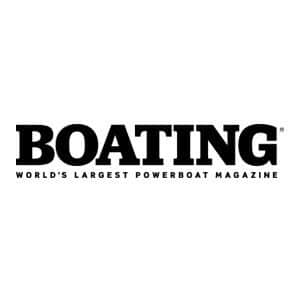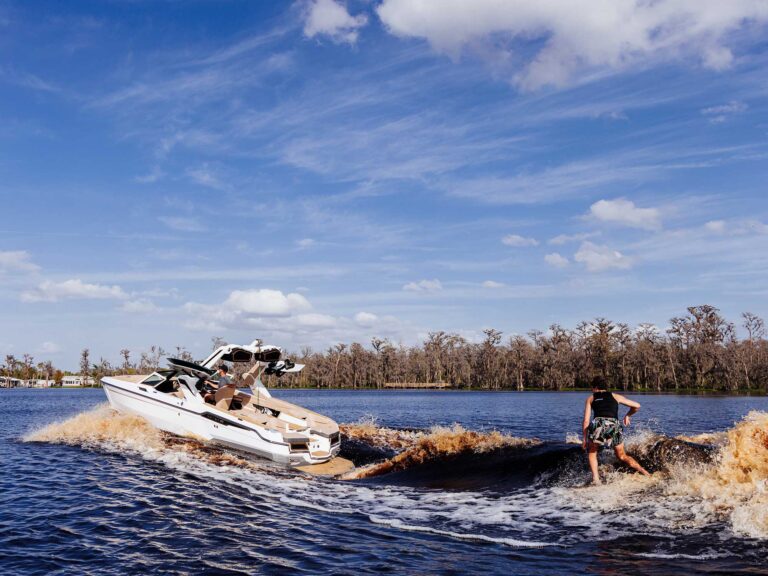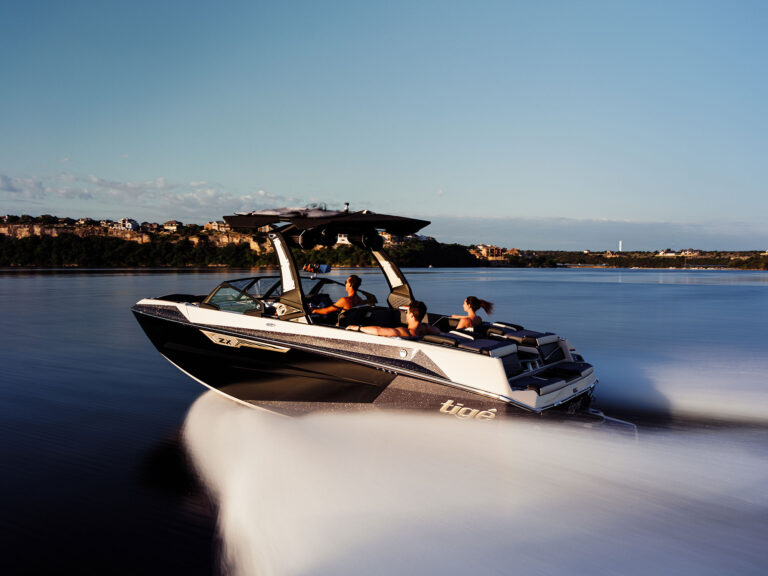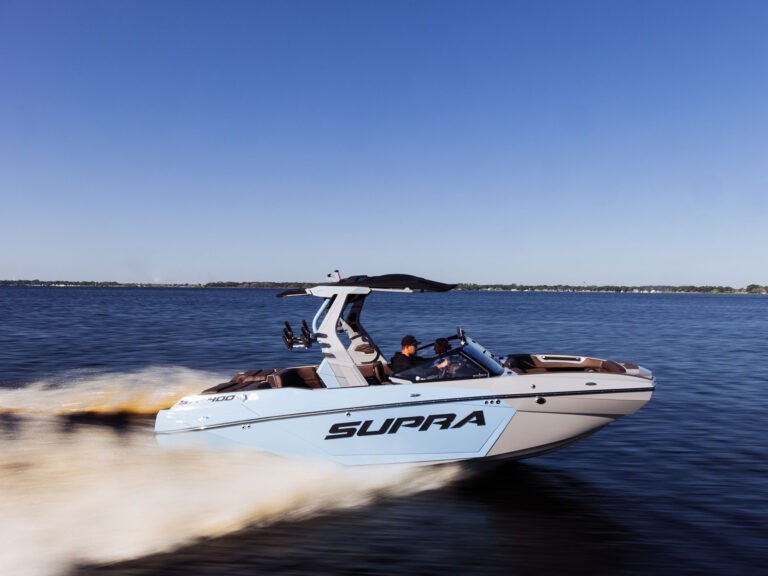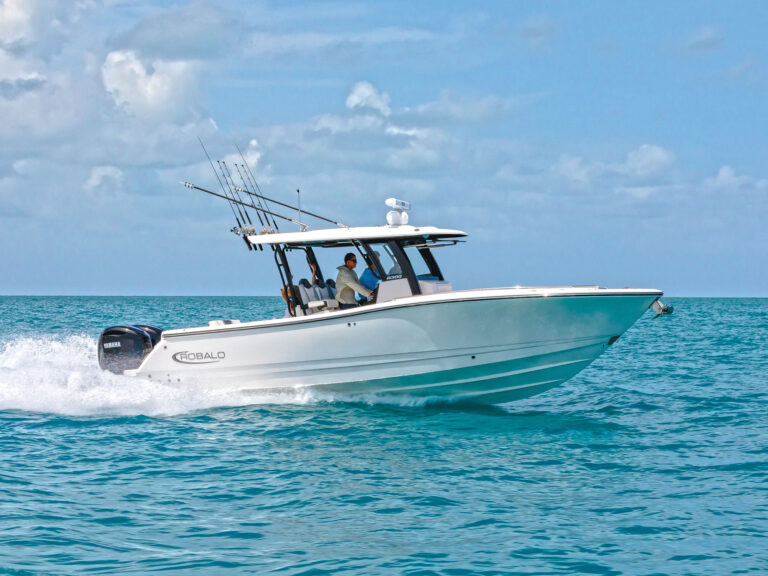When buying a new boat we almost always ask the wrong question. We look at the list of options and joyfully ponder what we want to add on. Fun, but is it the right approach? The smarter question just might be “What do I need to leave off?”
I know that goes against our way of life, and I understand that boats are by nature black holes wanting to suck in every toy in the 1,080-page West Marine catalog. But don’t give in to temptation.
If you’re the kind of guy who can’t help himself, stop reading right here — I’m probably not going to change your mind. There’s a good article elsewhere on the site on cool gear you’ve just got to have. However, for those who want to get the most for their dollar in terms of enjoyment and a better boating experience, listen up while I tell you how to get more from less.
Simplicity is a wonderful thing. All you have to do is ask yourself: Do I really need…
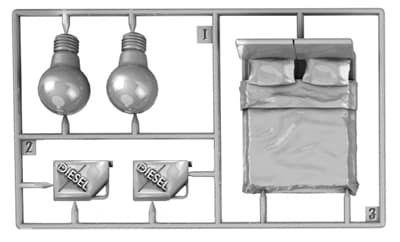
1. Cabin
Why buy a bigger boat and not get more usable room? It happens all the time when folks trade up to a cruiser. Think of the times you’ve seen a party of friends crammed into an aft cockpit. The boat may be bigger than yours, but most of the added space is down below. Unless you’re going to be doing a lot of overnighters, all that room only becomes a place to stow more junk. For most of us, we’re better off buying a big day boat with plenty of open deck space where we’ll really spend our time, and maybe a small cuddy.
2. Diesels
On midsize cruisers or fish boats you’ll probably have a choice: gas or diesel. While the resale value of a diesel-powered boat is often greater (and it will provide greater range if you need it), so is the original cost — by a huge margin. Is it worth it? Figure it will take at least 500 hours and quite a few seasons before the diesel’s better fuel economy pays back the extra cost. Gas might be the way to go.
3. Docking Lights
Here’s a bad idea: Let’s put two big, bright lights in the bow where they are most vulnerable, aim them so they only shine where the bow is pointing and then offer them for an extra $400, dealer installed.
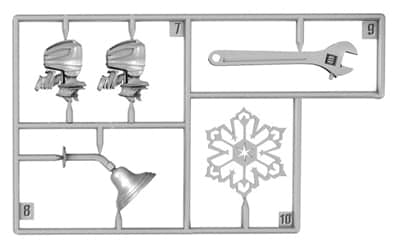
4. Two Engines
When it comes to performance and efficiency, you’re better off buying a boat with one sterndrive or outboard than two of equal total horsepower. A twin rig will cost 30 to 40 percent more. There is the increased complication and expense of multiple controls, and fuel and electrical systems. The twins will also weigh about 50 percent more. Two lower units increase underwater drag, which means higher fuel consumption, often up to 20 percent. What about getting home if that one engine fails? If you’re headed far offshore, maybe that’s an issue. But for the rest of us it’s better to put our money into the proper maintenance of a single. With care, modern engines will rarely leave you stranded.
5. Televisions or Air Conditioning
If you must have both I’d suggest buying a motorhome and cruising the interstates. The idea here is to get away from the video screens that dominate our lives as substitutes for reality and be out in air that isn’t climate-controlled. Instead of watching TV, lounge on deck and read Ernest Hemingway’s Islands in the Stream. If the kids whine that they’re bored, give them a copy of The Anti-Pirate Potato Cannon…with hundreds of things for them to do around the boat. As for AC, open the damn hatch! People used to understand the health-giving qualities of sea air, so why seal yourself up in stale recirculated air? Plus you’ll need to pay around $10,000 for a noisy fuel-sucking generator to do it.
6. Spring Tuneups
Have your mechanic do a tuneup when he’s winterizing the boat in the fall and save at least an hour’s worth of billed time. Do you even need a mechanic to do the work? Do it yourself and pay only for the parts. On a small boat with outboards or sterndrives it’s a few hours’ work. You could easily save $250.
7. Shower in the Head
Unless the boat is big enough to have a separate stall in the head, don’t get a shower. Often you’ll see an enclosed head with a shower, sink and toilet all in one room. Take a shower, and afterwards you’re left with a wet head that stays damp for days. And water will always find its way into any lockers or drawers, guaranteeing a soggy roll of toilet paper.
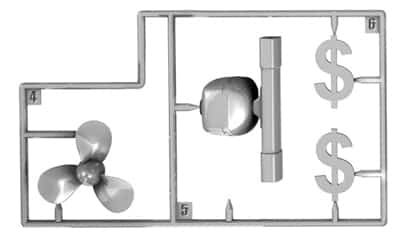
8. Mega Electronics Array
The only electronics device you absolutely need is a VHF radio. If your radio is equipped with DSC (digital selective calling), you’ll need a GPS, a good combination to have in an emergency. Most folks think that a GPS chart plotter is also a “must have.” While handy as a second opinion to navigational input, never depend on it alone. Save money and buy up-to-date paper charts. A depth sounder, or a fish finder for anglers, is a worthwhile purchase, but few of us need to spend $3,500 minimum for radar. If you’re sticking to one brand, save money with a multifunction unit.
9. Stainless-Steel Props
Don’t get talked into upgrading to a stainless-steel prop unless all you care about is top-end speed or you run a big boat in heavy seas. The best you can hope for is 2 to 4 mph over an aluminum prop, and some boats will show no improvement at all. While harder to break, stainless steel is also harder and more expensive to repair. For general small-boat service below 50 mph, go aluminum and avoid the $200-plus price increase.
10. Low-Interest Loan Rate
Sounds counterintuitive, but if you don’t plan on keeping your boat long term, a lower bottom-line price might be better than accepting a super deal on low interest payments, which usually add up costing more.
11. Speed
Top speed is only for bragging rights. According to the ICOMIA (International Council of Marine Industry Associations), the average boater runs flat out 6 percent of the time. We spend 40 percent of the time at idle and another 40 percent at cruising speeds. You’re actually paying upfront for power you’ll rarely need, plus lugging around extra weight that’s killing economy — and maybe even your top speed.
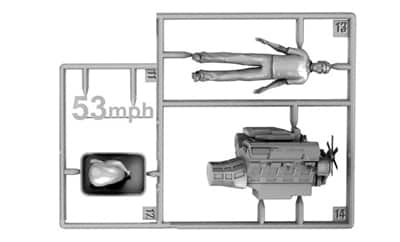
12. Oven
Get this option only if you plan on hosting Thanksgiving aboard your boat. Name one person you’ve met, other than a serious, long-range, “this is my boat, this is my home” cruiser, who’s ever turned on the oven. Bet you can’t.
13. Dealer-Installed Options
Think the guys at the dealership will do a better job of installing accessories than you? Sometimes, yes. But often you can do it equally well (hey, it’s your boat) and for less money. Save about half, provided you discount the value of your time, by installing things such as a compass, a transom shower, most electronics and accessory lights.
14. Bigger Engine
Builders used to offer base models with the smallest engine possible and then hit you for the upgrade. Now, except for econo-boat packages, that’s rarely the case. But there will always be that temptation to buy more power. Before doing this, consider the extra weight. On light boats under 24 feet, a few hundred pounds added by going from a V-6 to a V-8 may negate the increased horses. Weight can also be an issue within an engine group, such as Mercury’s smaller V-8s. The 260 hp 5.0 MPI, 350 hp 350 Mag and 377 hp 377 Mag all weigh about the same. There’s not much of an increase in power from the 350 to the 377, but look at the jump from the 260 to the 350, and for essentially the same weight. In this case going bigger might be worth it.
Invest In Space
If you set out to buy a boat with a fixed amount of money, put those dollars into the largest one you can afford. Room is the hardest commodity to come by on a boat. Don’t buy a slightly smaller boat and put the dollars into accessories. You can always buy the gadgets later as money becomes available.Remember, a small jump in length can often mean a big jump in volume. If you stretched a 24-footer to 30 feet, with the same proportions as the 24, the new boat’s overall volume, its living space, would have almost doubled.
Say “Yes” To…
The best-kept secret in boating is that you don’t need too many add-ons to have a good time in perfect safety. Here are a few items builders leave off but you must have.
Midship Cleats
To tie up properly, keeping the boat from shifting back and forth, you need spring lines made fast amidships.
Two Anchors
Two anchors let you beach stern-to and give real security when the wind blows. A standard Danforth 16-pounder is good for boats up to 30 feet and costs about $85. Add in 10 feet of chain and 150 feet of three-eighth-inch line.
Remote Fuel Filter/Water Separator
Most of our gasoline has 10 percent ethanol, which attracts moisture and loosens sediment. Stop both from reaching the engine with a $75 Racor remote filter/separator with a 10-micron element.
Compass
Many builders don’t supply one. A good economical model is the 3¾-inch Ritchie Helmsman with a dual-reading card for about $170.
Charts
One problem with GPS is its illusion of absolute accuracy. For planning and getting perspective, you need charts. They also force you to look around


